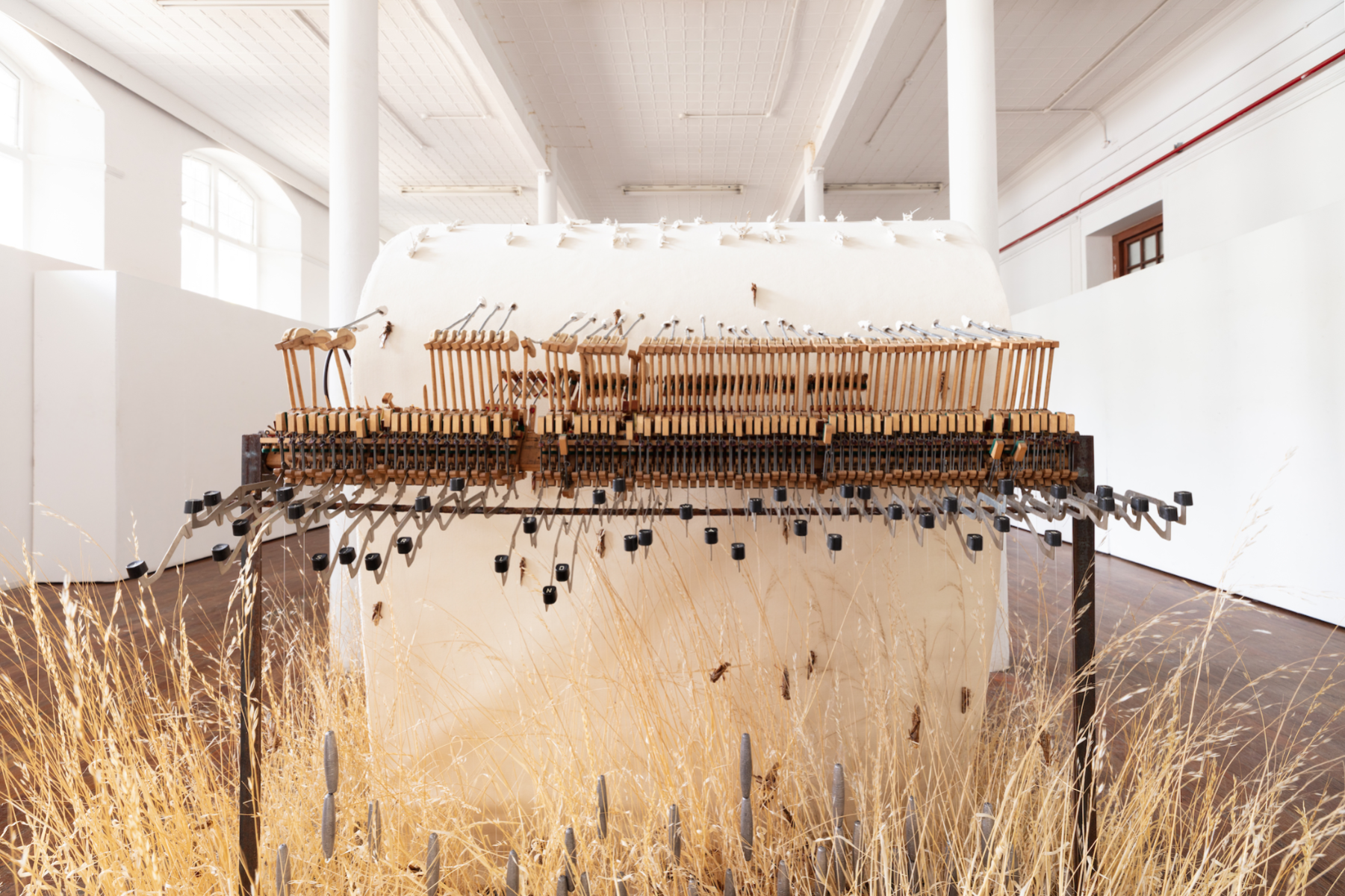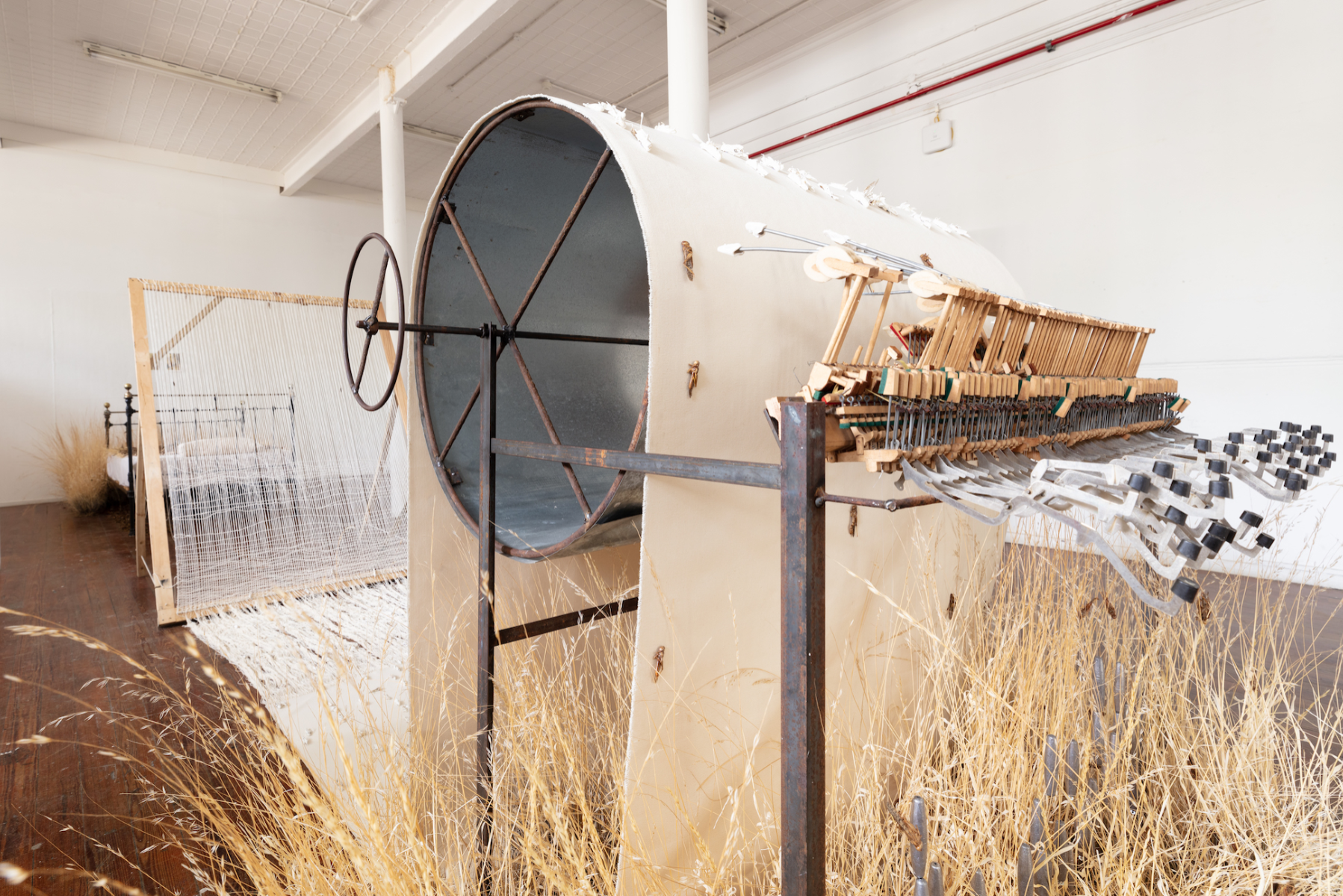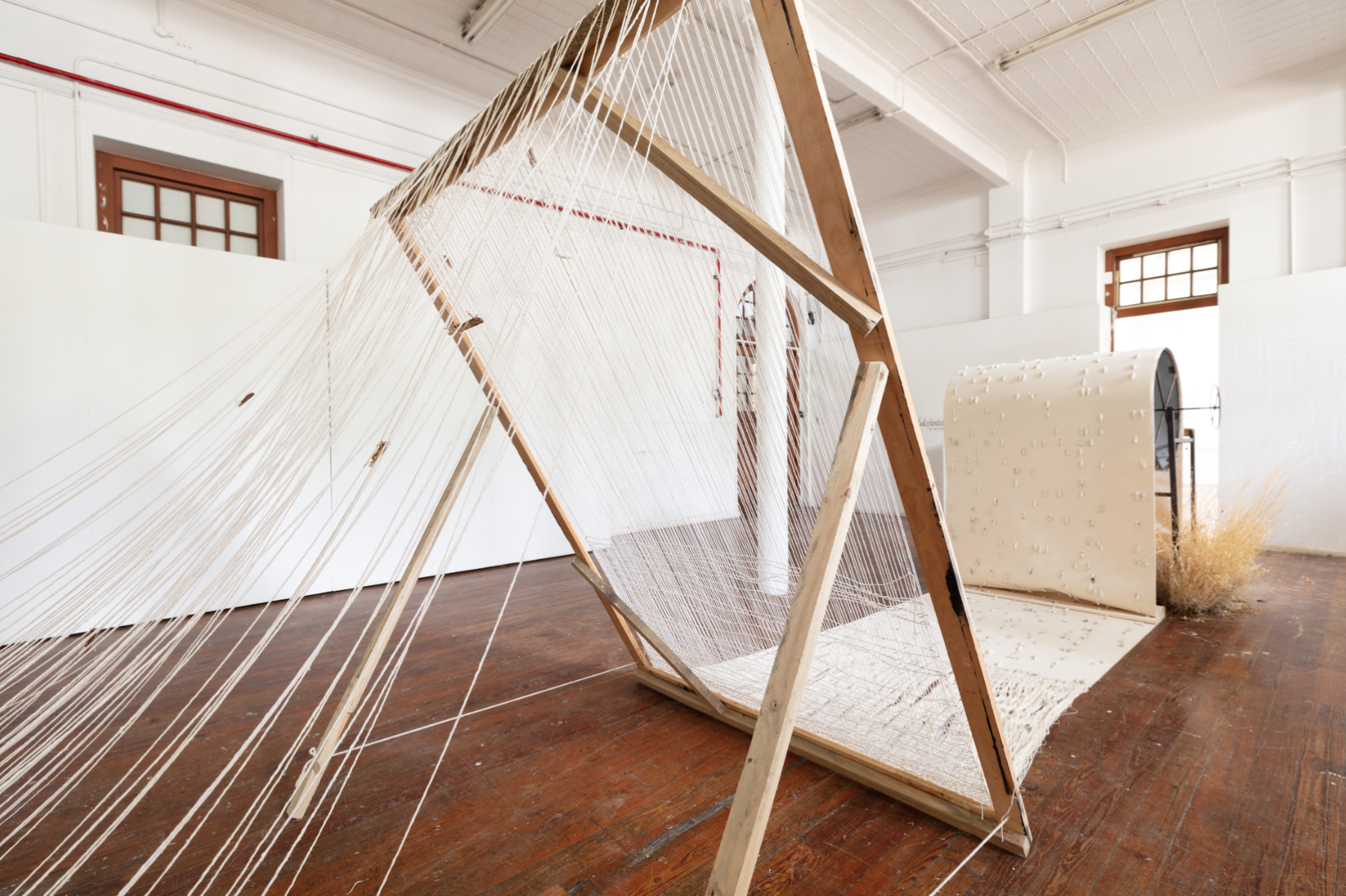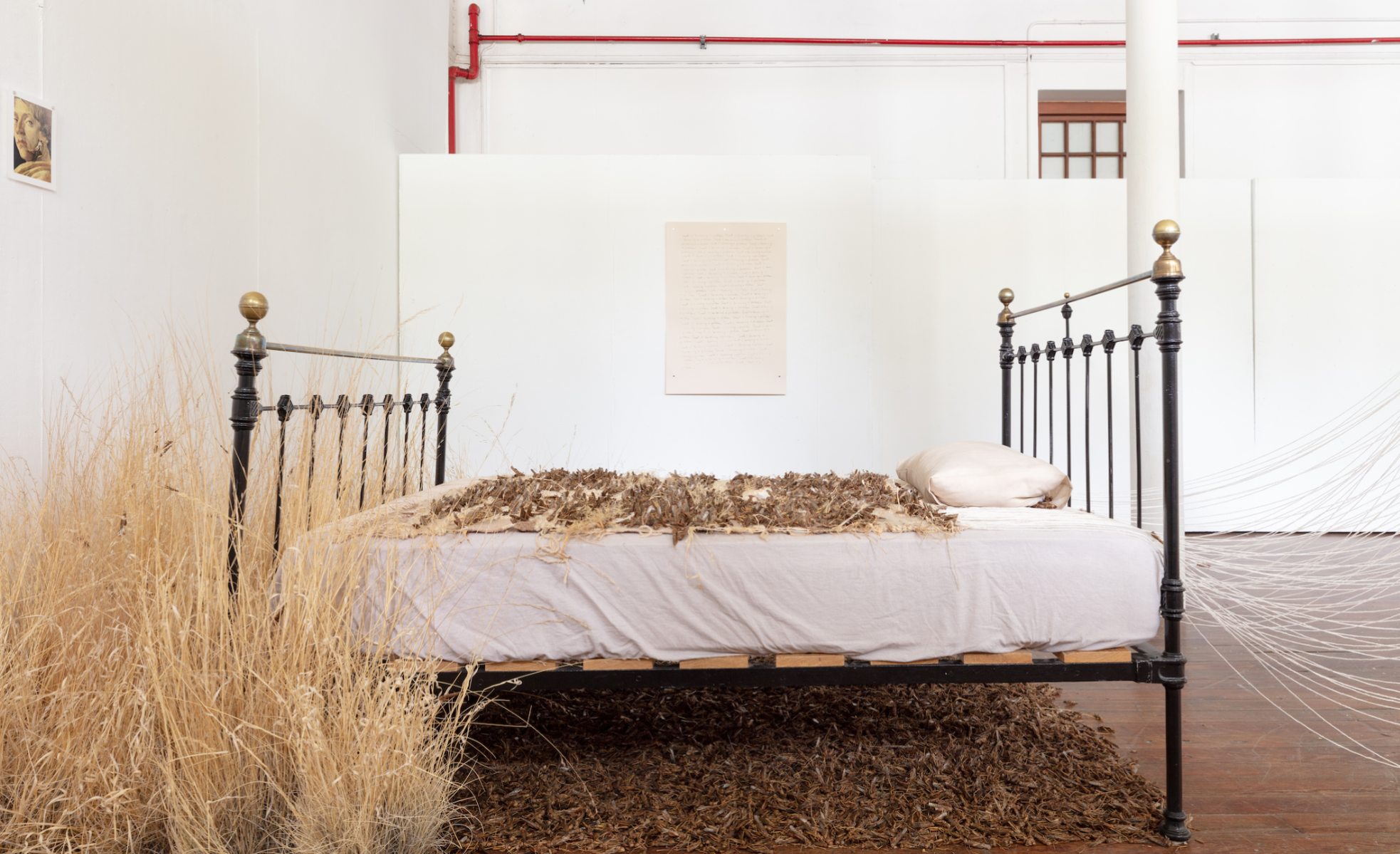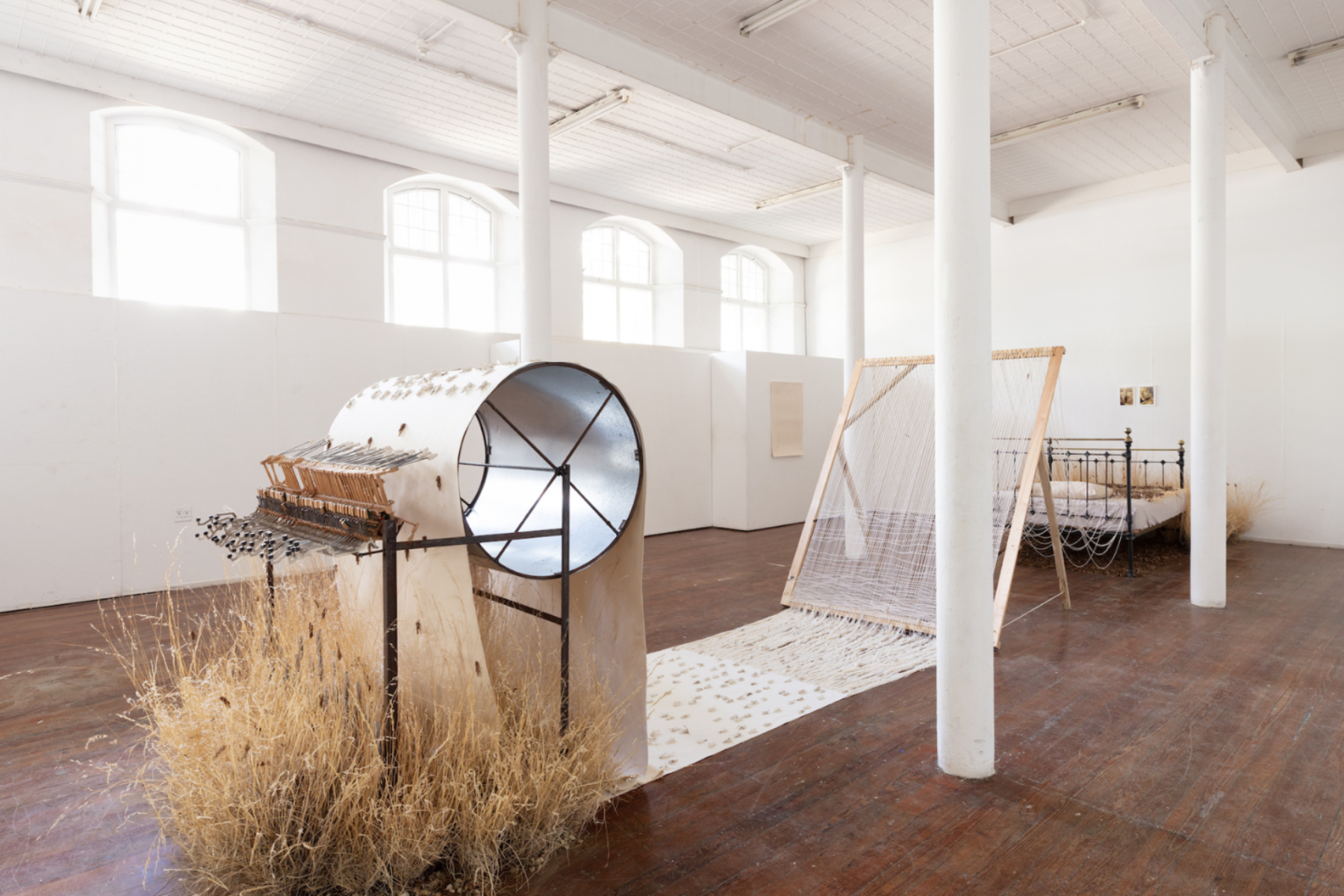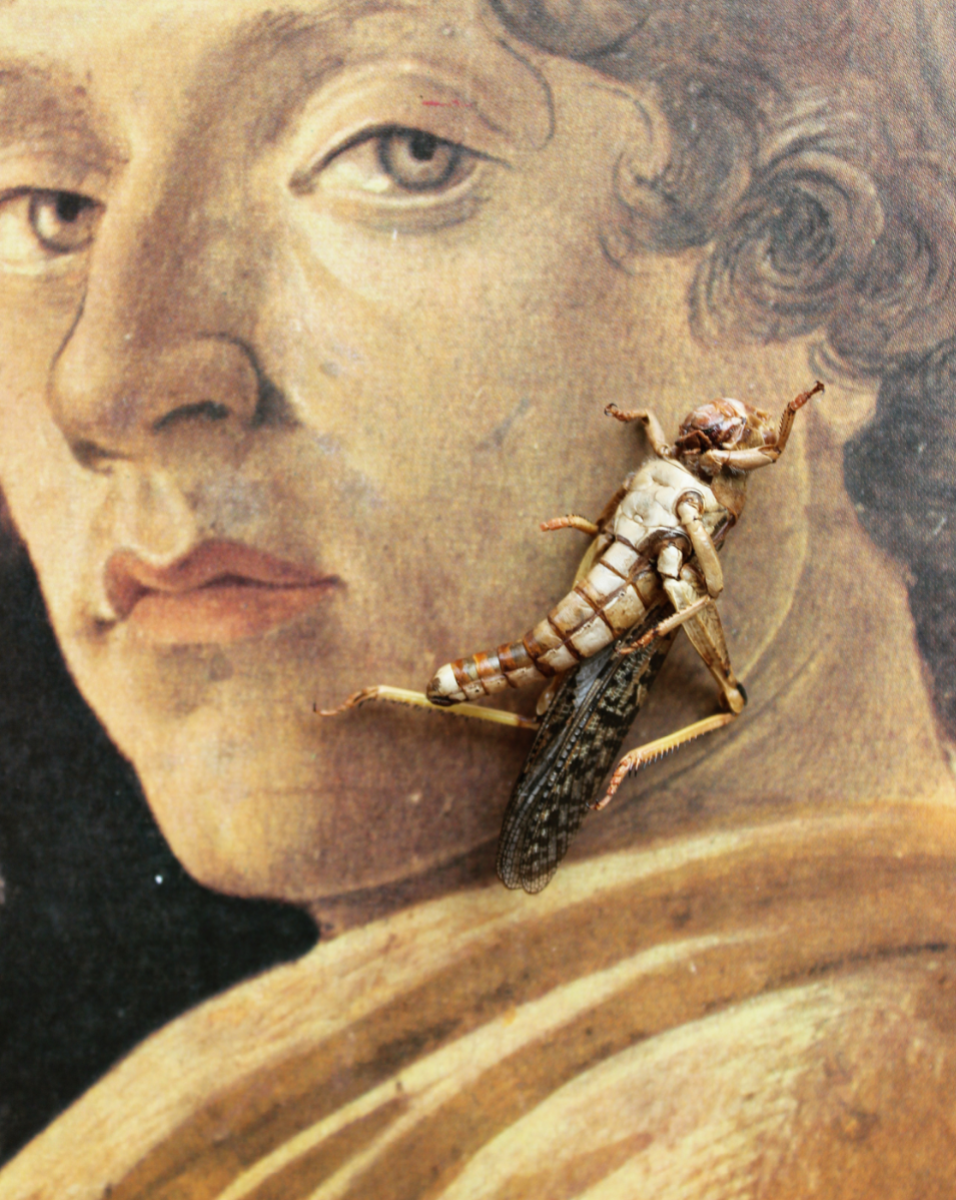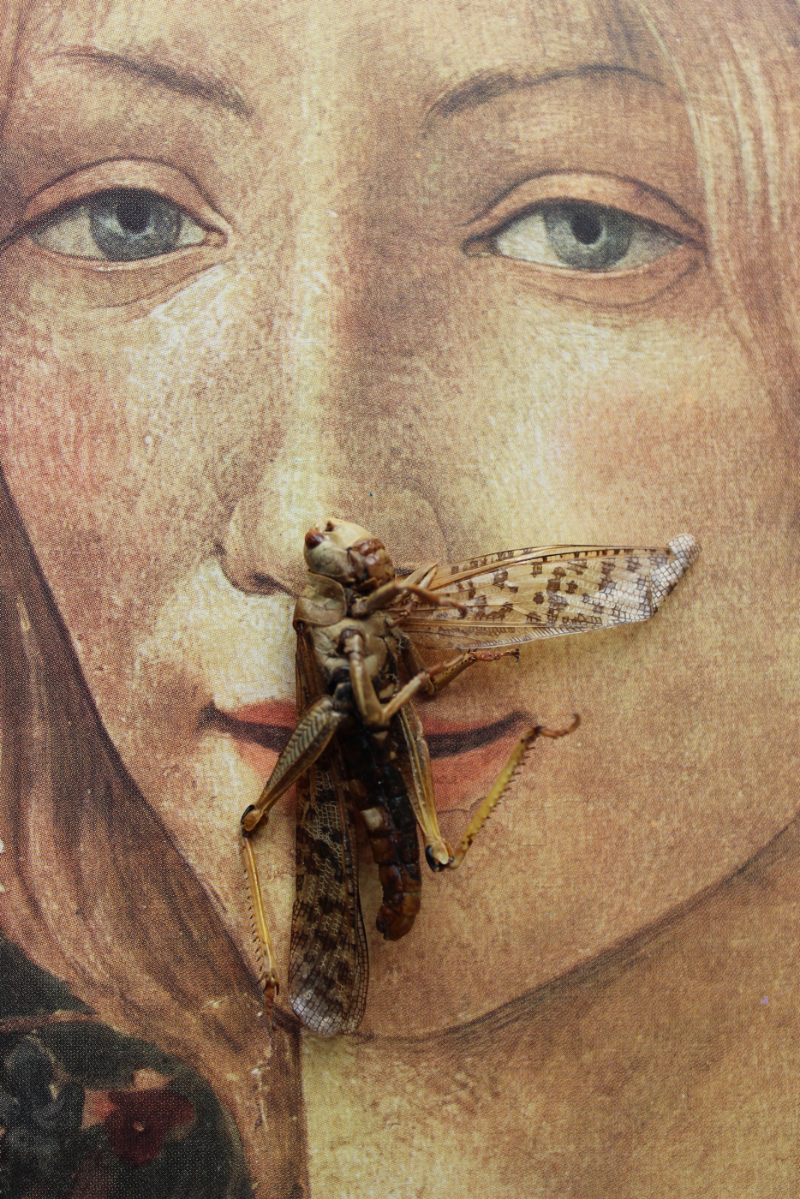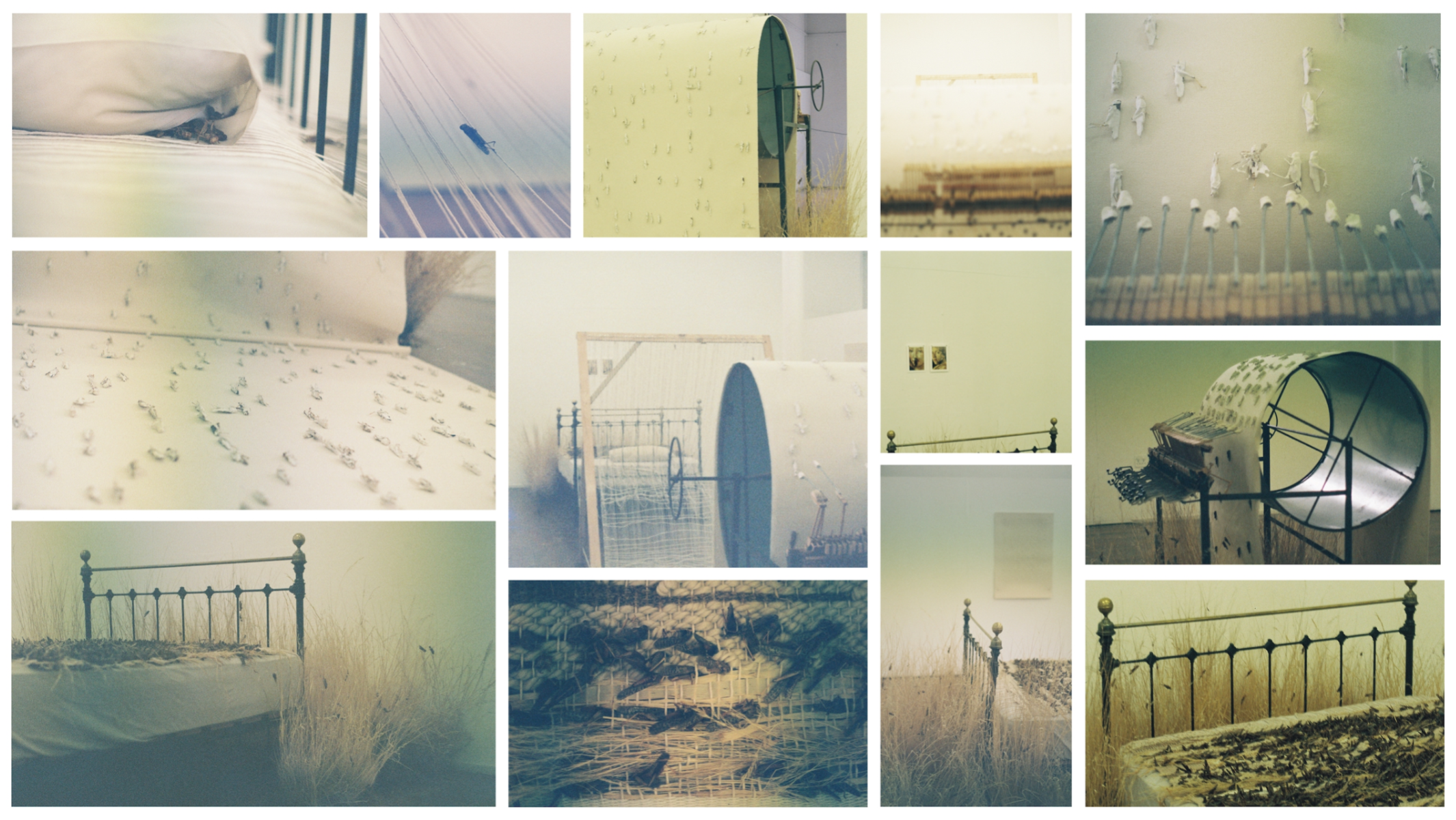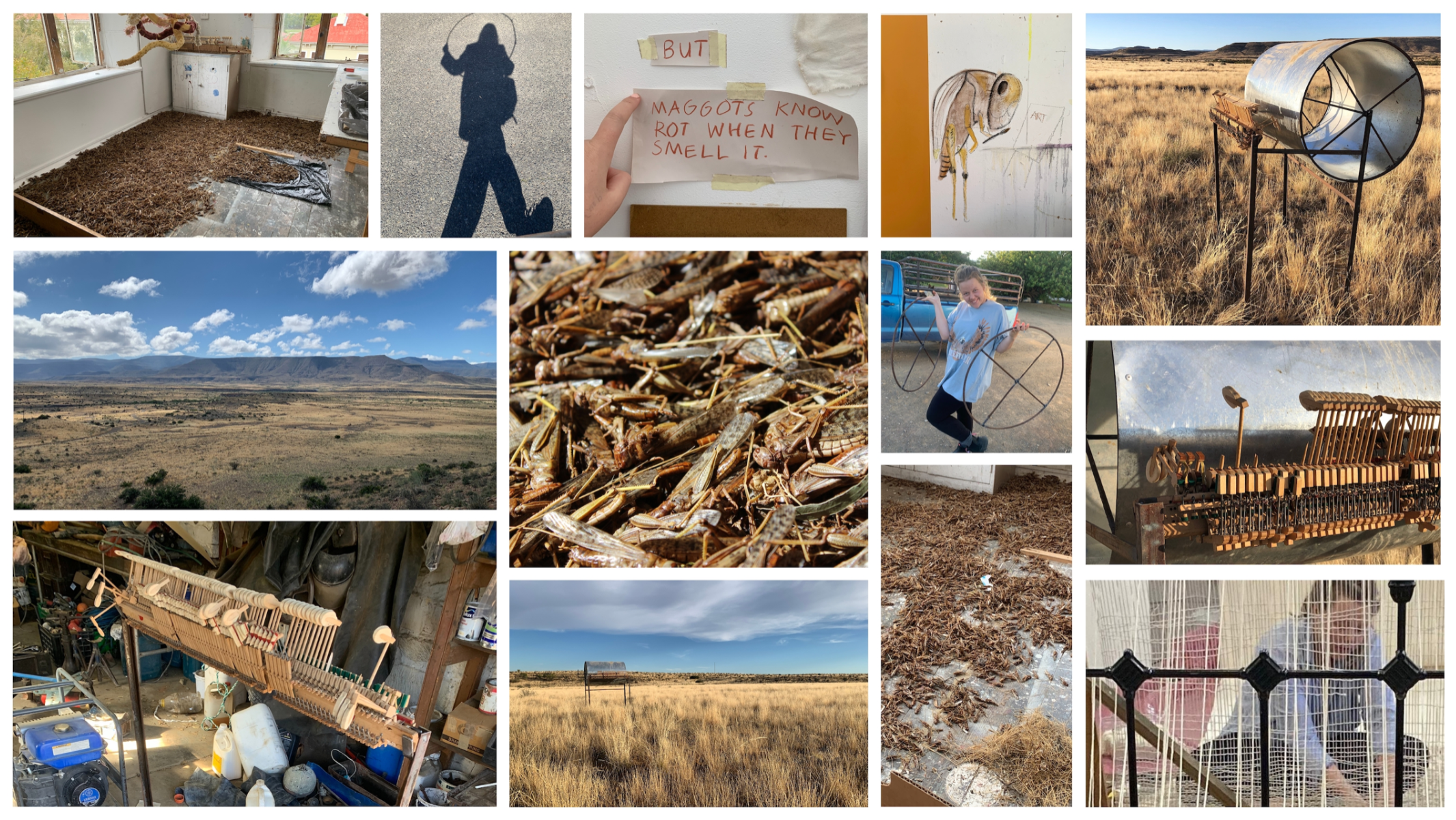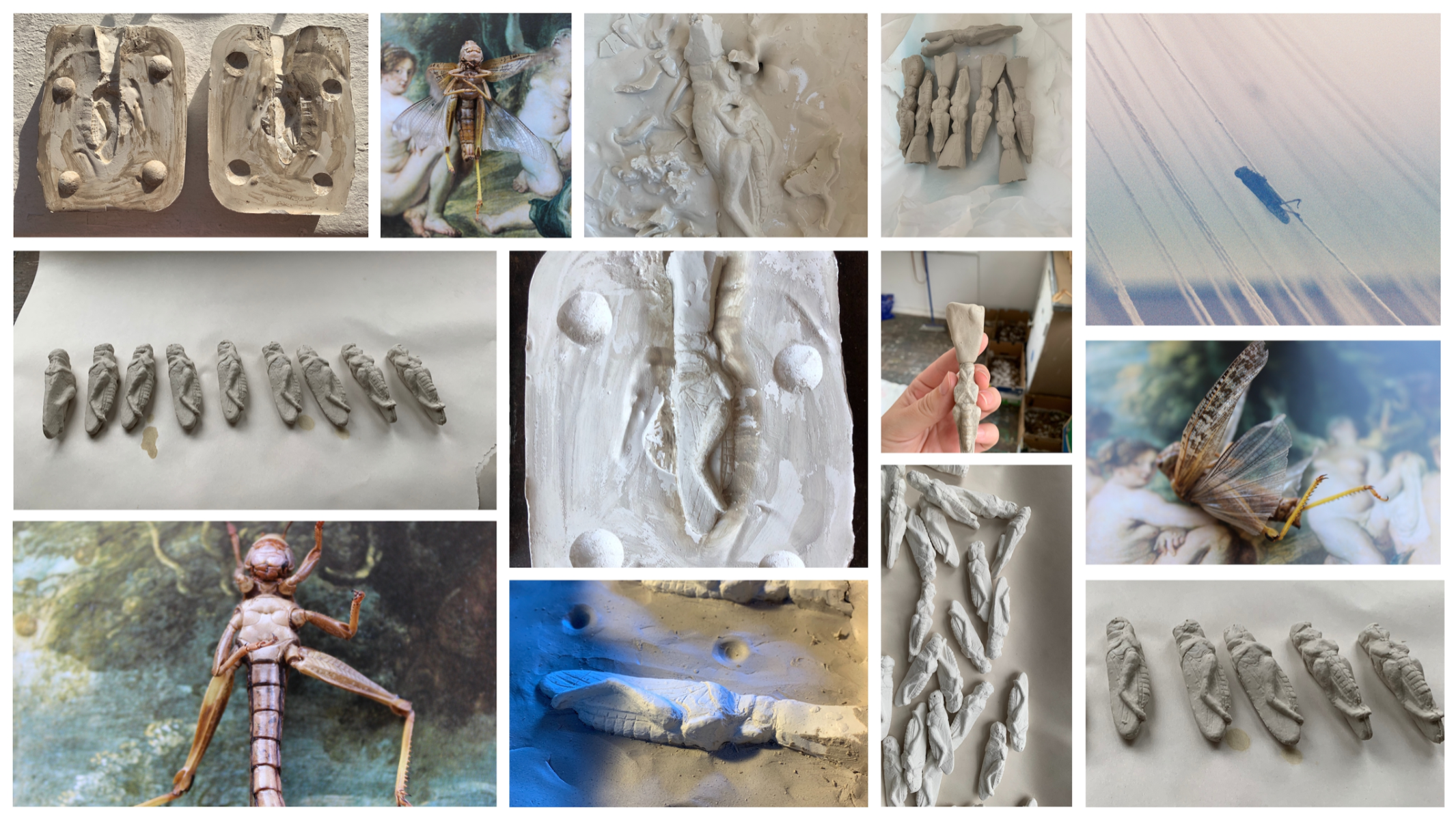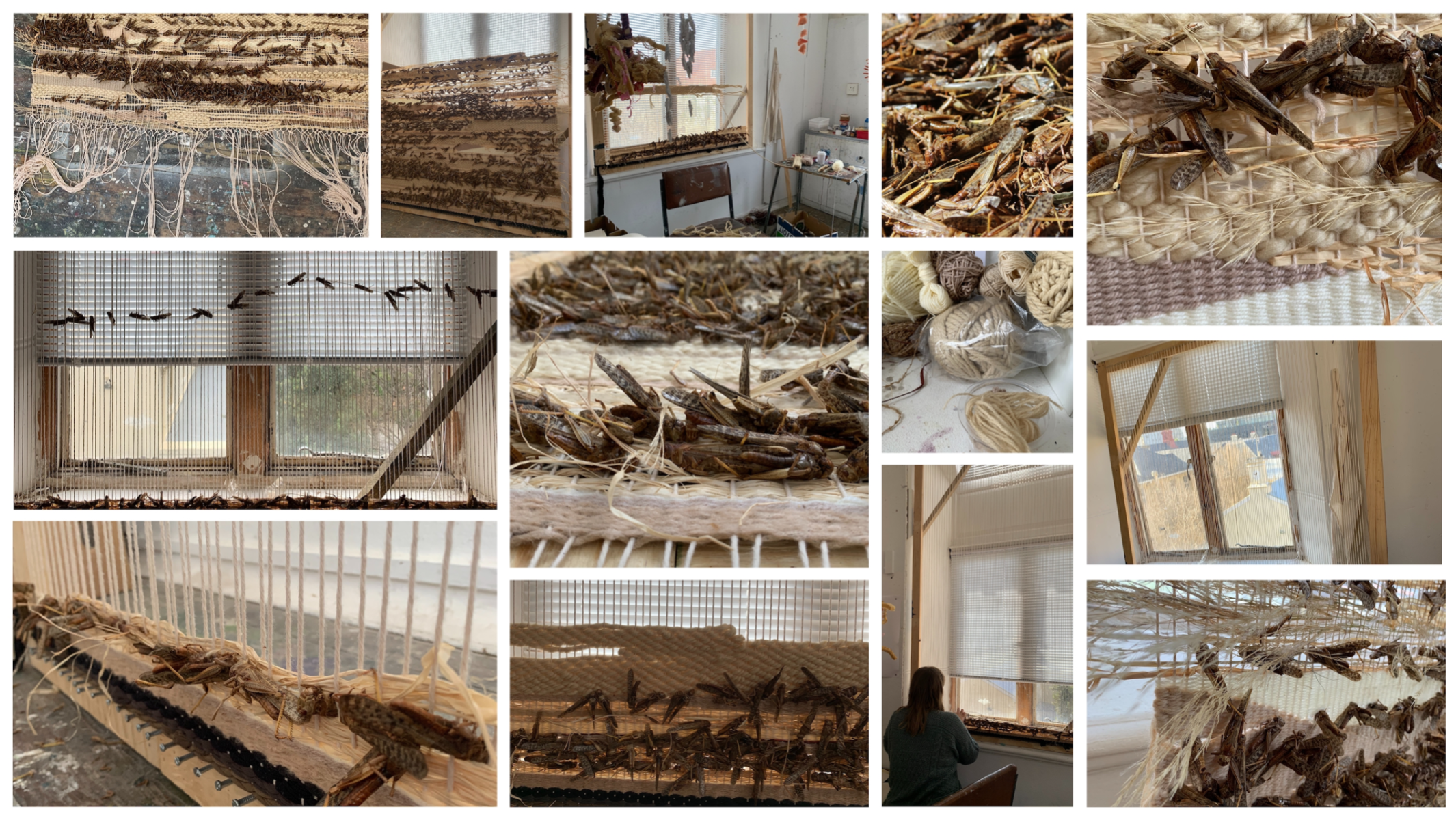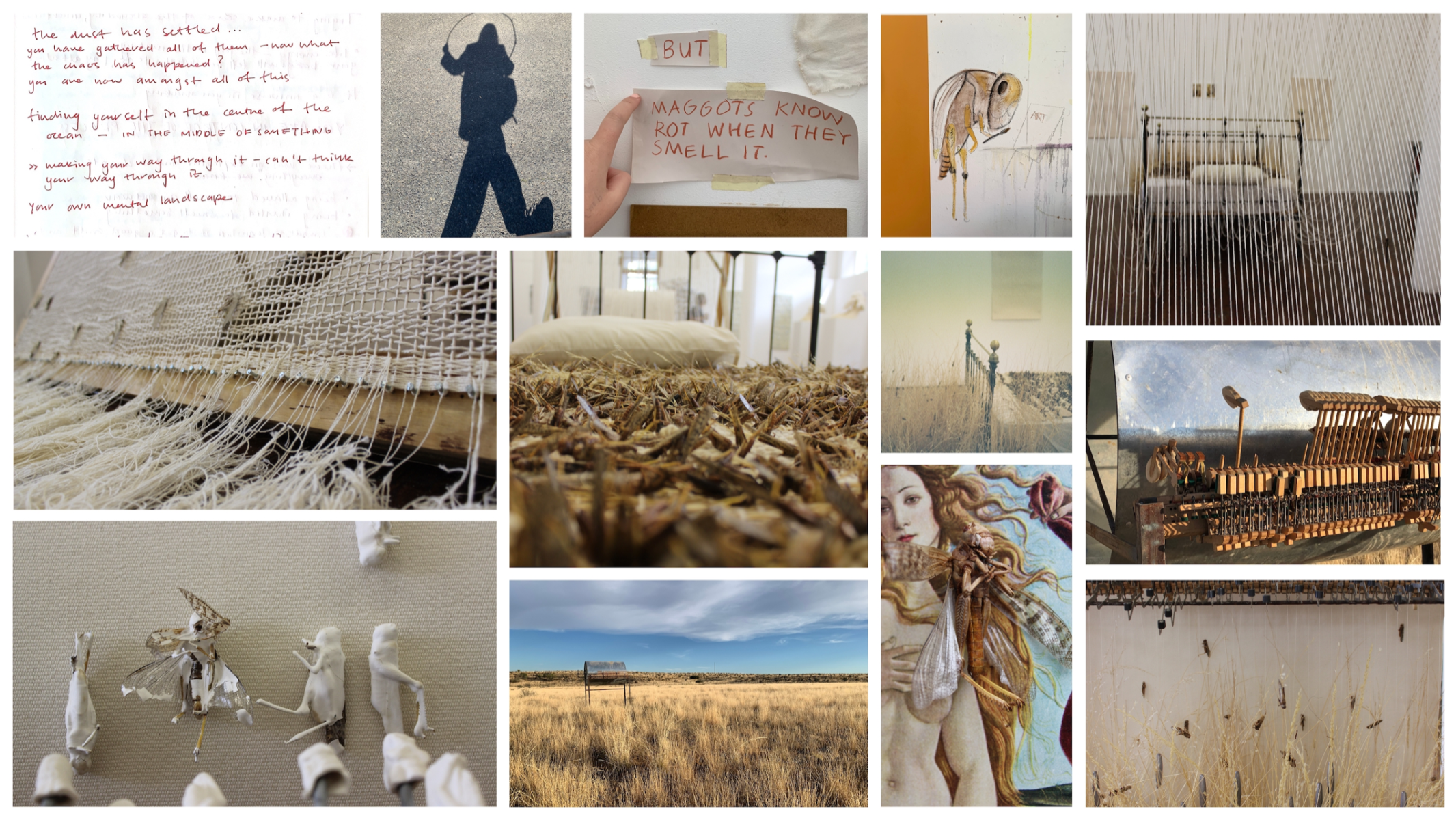Francis Snyman
Fine Art BA Hons
Michaelis School of Fine Art
Graduates: 2023
Specialisms: Printmaking / Textiles - Weave / Installation/Sculpture
My location: Cape Town, South Africa
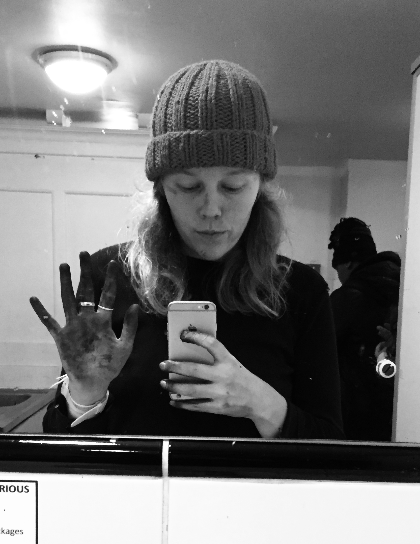
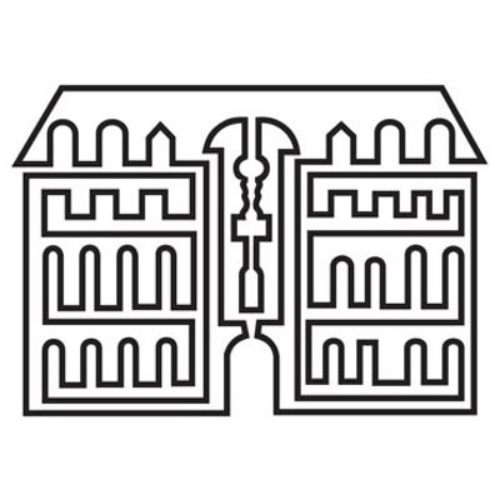
Francis Snyman

First Name: Francis
Last Name: Snyman
University / College: Michaelis School of Fine Art
Course / Program: Fine Art BA Hons
Graduates: 2023
Specialisms: Printmaking / Textiles - Weave / Installation/Sculpture
My Location: Cape Town, South Africa
About
The myth of the Minotaur is a tale about family, greed, misfortune and destruction. The Minotaur, a mythical beast, was trapped inside an unnavigable labyrinth. He devoured all those who dared to enter. With the help of Ariadne, Theseus was the warrior that slayed the beast. As he travelled into the core of the labyrinth he unravelled a ball of thread that Ariadne gave him. It lead to his victory as it helped him retrace his path and find his way out again. Some say to walk a labyrinth is to re-enter the womb and travel inward, and to come back out is a kind of rebirth. And Ariadne’s thread is thus an umbilical cord that ties Theseus to the world while he undertakes the journey into the underworld/ his subconscious and slays the monster. The labyrinth became a motif in this body of work as it speaks to the different processes I encountered as I walked to the centre of my family’s myth, Ongeluksfontein. While intuitively following the thread, various works came to life throughout the process, embodying different parts of the journey. Ongeluksfontein. The misfortune fountain. The name states that disaster naturally springs from the ground. And the story it produced is one of affliction, disaster and being at odds. A physical manifestation of this affliction embedded in the ground erupted at the beginning of this year, a locust plague. First, you could hear them. It sounded like a rainstorm approaching over the open plains, like the rivers coming down the riverbank. And then it covered the skies like a black cloud. I was standing there feeling like they would never stop spilling over the horizon. I could feel the greed radiating from them as they covered the ground. It was a terrifying, engulfing nightmare. The neighbouring farms, in panic, tried to kill as many of them as they could before they demolished the vegetation. It was this humming force of the inevitable. The process started with the documentation of the locusts. But looking at the locusts became about looking at the self, the individual and the collective self. Ongeluksfontein is the birthplace of my family myth but also the landscape of my identity, two things that are not mutually exclusive. Without your family myth, you would not have the identity you have. The roads we walk, the stories we tell- our human experience is all connected. It loops back and weaves into itself. It is about that which exists beyond the rational self, the language that sits within our bones, our most inner structures. The type of mythology that ll have.
Competitions

